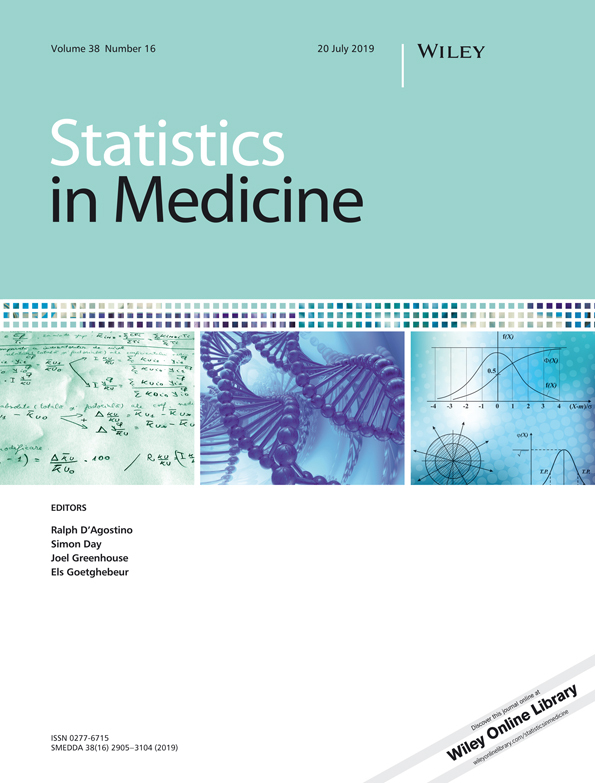Variable selection in semiparametric nonmixture cure model with interval-censored failure time data: An application to the prostate cancer screening study
Present Address:
Shuwei Li, School of Economics and Statistics, Guangzhou University, Guangzhou 510006, China
Abstract
Censored failure time data with a cured subgroup is frequently encountered in many scientific areas including the cancer screening research, tumorigenicity studies, and sociological surveys. Meanwhile, one may also encounter an extraordinary large number of risk factors in practice, such as patient's demographic characteristics, clinical measurements, and medical history, which makes variable selection an emerging need in the data analysis. Motivated by a medical study on prostate cancer screening, we develop a variable selection method in the semiparametric nonmixture or promotion time cure model when interval-censored data with a cured subgroup are present. Specifically, we propose a penalized likelihood approach with the use of the least absolute shrinkage and selection operator, adaptive least absolute shrinkage and selection operator, or smoothly clipped absolute deviation penalties, which can be easily accomplished via a novel penalized expectation-maximization algorithm. We assess the finite-sample performance of the proposed methodology through extensive simulations and analyze the prostate cancer screening data for illustration.




